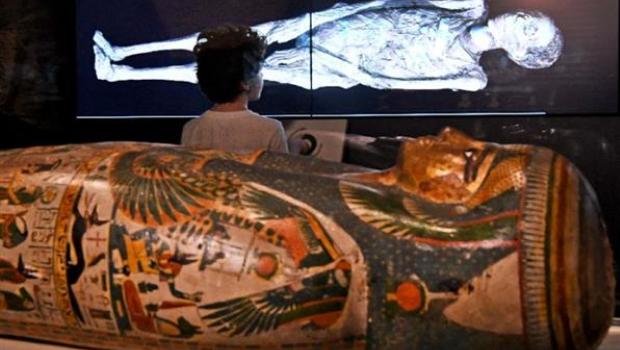At the British-Australian exhibition, six Egyptian mummies were unwrapped using 3D printing and scanning techniques. These mummies were buried between 140-180 AD and date back to 900 BCE. The mummies were preserved at the British museum and 3D imaging software was used by the research experts to analyze the remains of the mummies. These experts can now have an insight into the life of Egyptians about 300 years ago.
The British Museum’s physical anthropology curator Daniel Antoine addressed the media this Thursday at the Powerhouse Museum in Sydney saying that they were showing new discoveries of the inside of the mummies to the public. A computed tomography (CT) scanner at London’s Royal Brampton Hospital was used to scan the mummies for means of historical data visualization.
Thousands of image slices of the mummies were first procured and then used for creating 3D models. This software gives the visitors a layer-by-layer insight into the 3D visualizations of the CT scans. With this technology, the experts get a better idea about the internal body mechanism of the Egyptians. The prevailing diseases and health of the people in ancient Egypt could also be better studied.
During the research process, one of the mummies was found with the plaque in their arteries. Other things discovered about the mummy was that she was a priest’s daughter named Tamut, from 900 BCE. The other mummy had bone loss problems owing to a dental abscess.
The museum technicians believe that this could open a new era of research and discoveries of the mummies. With further advancement in technology, more information about health, diseases, and other issues could be discovered. The team hopes to scan the images of the tissues at the cellular level to get more detailed evidence of fatal diseases like cardiovascular problems and cancer.
Source: 3ders.org
